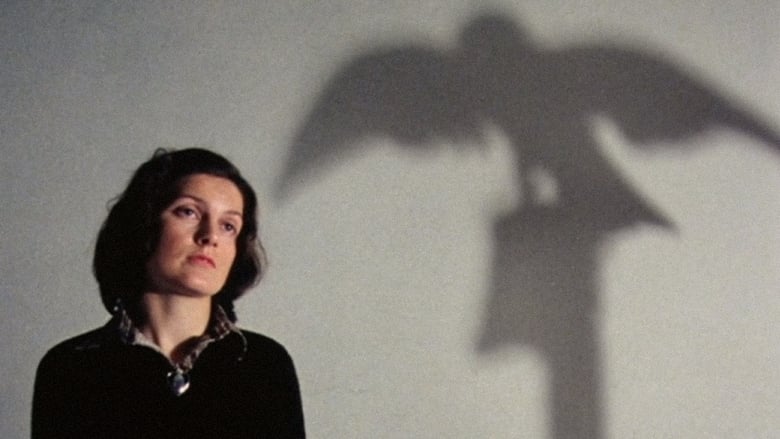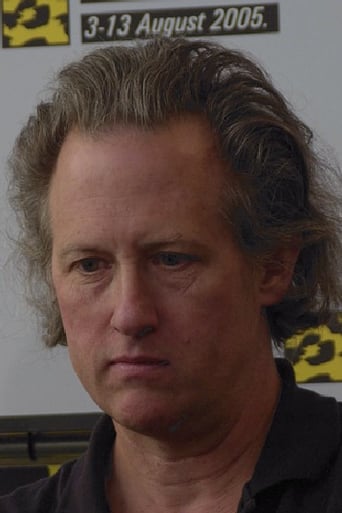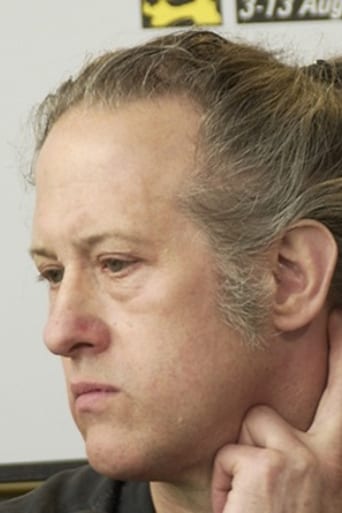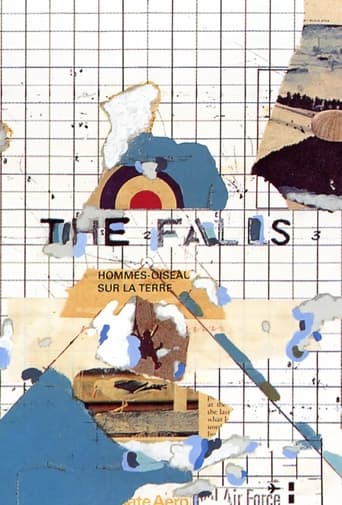
The exploration of the effects of an unexpected catastrophe, known as VUE (violent unknown event) through the bios of 92 survivors.
You May Also Like

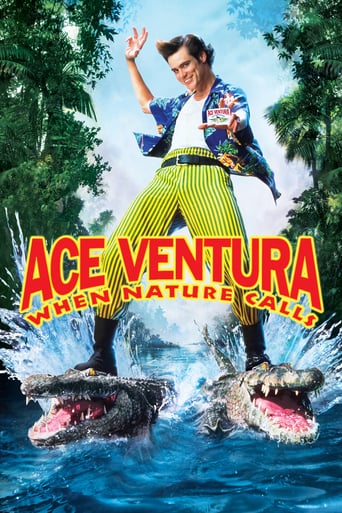
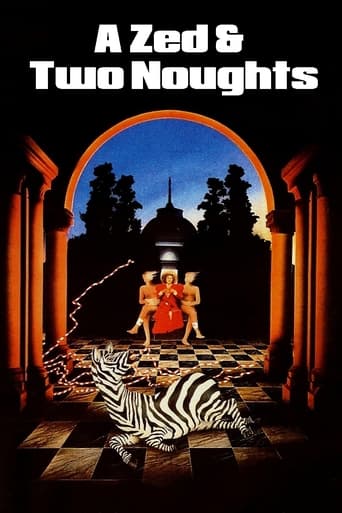
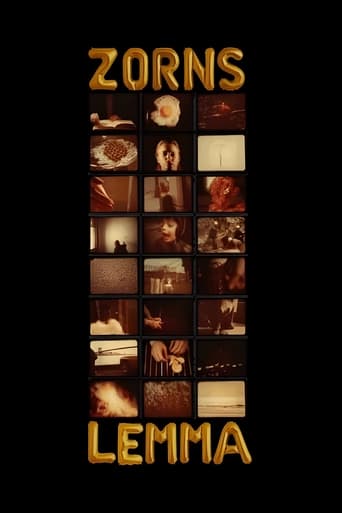

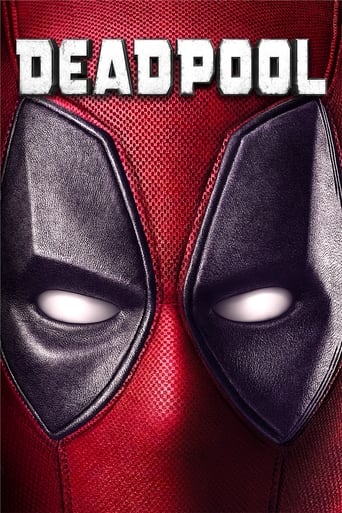
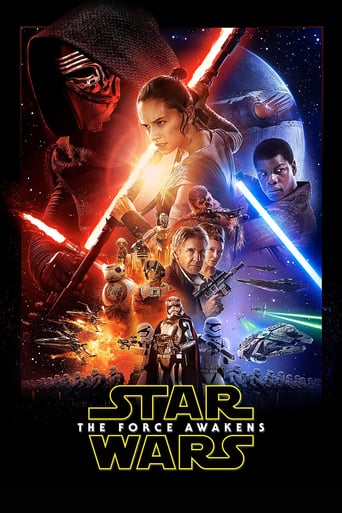
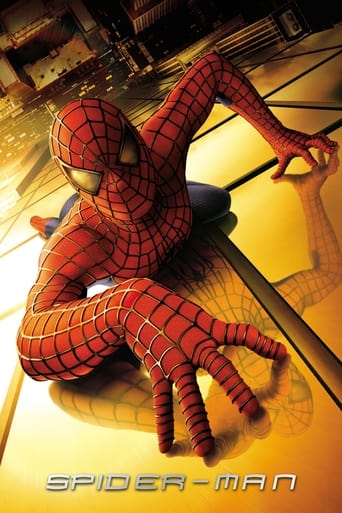
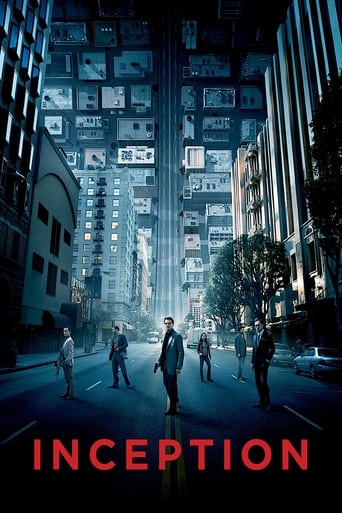
Reviews
Best movie of this year hands down!
Sorry, this movie sucks
It's fun, it's light, [but] it has a hard time when its tries to get heavy.
The thing I enjoyed most about the film is the fact that it doesn't shy away from being a super-sized-cliche;
I'm pleased to see so many positive reviews of this unique film. I entirely agree that it needs to be seen in a cinema to get the full relentless effect. It's also worth persevering to the end as Greenaway lightens up a bit and gives you a few more clues. In a way it's a shame that he got drawn into narrative cinema after this because The Falls seems a much more original and appropriate vehicle for his talents.As with his earlier short films, various bits of disparate footage, old photos and other assorted nonsense are woven together with an elaborate cover story, in this case the Violent Unknown Event, which among other things is a metaphor for nuclear calamity (92 is the atomic number of uranium, "Fall" can refer to the fall of man).Along the way we find a cornucopia of references to Greenaway films past and still to be made - principally A Zed and Two Noughts and Drowning by Numbers - running gags, in-jokes, academic pastiche, whimsical storytelling, different film techniques and ways of constructing reality. Where the average video artwork concentrates on form and style, Greenaway gives us an overdose of content.It's worth noting that the 92 biographies in the film represent only those victims of the VUE whose names begin with the letters FALL. If you take the whole alphabet into account there are 19 million cases. You get the feeling he really, really wanted to show all 19 million.Greenaway's new project "The Tulse Luper Suitcase" is apparently a remake or extension of "The Falls" using more modern technology. A definite must-see but it will be hard to top this for sheer demented monomaniacal verve.
How Greenaway surprises. Here is an early work that is rich in ways that in later works seem submerged.The concept: A 'Violent Unexplained Event' occurs at 11:41 PM GMT, 14 June, People experience physical changes, often transitioning to birds. 92 new languages appear, and 92 birdnames are embossed in some minds. Four new genders are created; survivors appear immortal. Birds are the apparent cause, perhaps the Australian flightless rattite. The survivors are catalogued by competing societies (together with the detracting Society for Ornitological Extermination, FOX). This film is from the catalogued biographies from the primary society, of those whose names start with `fall.' There are 92 of them.Some elements are familiar to later Greenaway viewers. Already Nyman creates an apt score. There is a magical surrealism. We have counting and other overlapping synthetic laws that restructure a slightly askew reality. We have a layering, so that many scenes add to or annotate others. Later, Greenaway does this with simultaneous images. Here the device is linear. Much harder, as one must not only create the alternative world, but also it's linear unfolding. Hence, this seems his most intelligent work.The big shocker: In his later, much more commercial works, one can always count on lush painterly images, and often on elaborate panning shots. None of that here, in fact a practiced complement. All the attention is on the narrative, with many narrators, all filmed doing their work.This film is self-referential in all the ordinary ways, plus the idea that the creator of the film is responsible for the radical change in reality. Of course, I do believe great artists do change the world; isn't that the only workable definition of art? Does Greenaway come up to this measure or is he like everyone else, a mere spectator? Spectating here, but we do see something that retrospectively alters my recent experience with `Drowning by Numbers.' Biography 27 is of the three Cissy Colpitts, who live in Goole and establish an experimental film repository in the watertower. This is administered from a room in the nearby maternity hospital, one of the primary epicenters of the VUE (view). The three Cissys and the watertower reappear in `Drowning by Numbers,' and their collective mission is to have a child after eliminating husbands. Fits the Prospero role of replacing God with a new logic.Love it.
Exhausting and brilliant, Greenaway's first feature may come as a surprise to those familiar with his more famous concoctions, such as THE DRAUGHTSMAN'S CONTRACT or DROWNING BY NUMBERS. Instead of sumptuous finery, set-design and colour, or studied, enigmatic performances, we have a, very local, documentary. A documentary which, like all others in the genre, seeks to examine realistically a particular problem in a particular area, through evidence, witness and analysis. A documentary whose 'real' elements are so preposterous that they develop not into an answer for truth, but full-blown mystery and fantasy, without ever moving beyond words and plausible images. What is very Greenaway is the numerology, the formalism, the very literary script, the arch jokes, the word-games, the nonsense-as-high-theory. Stunning, but you may not watch it again in a hurry.
This is the pinnacle (some might think nadir) of Greenaway's obsession with lists and catalogues (at least so far). An obsessive film about obsession.The film comprises ninety-two mini-documentaries of a random sample of people who have suffered as a result of the mysterious (and unexplained) "Violent Unknown Event" (or "VUE" for short). Though the VUE produces varying results, there are some common themes, such as bowel problems, skin conditions, and an obsession with birds. Some of the VUE victims even seem to be turning into birds. Though we never find out, it seems clear that "the responsibility of birds" was a key factor in the VUE.I love this bizarre film. Despite its three hour duration it rarely drags and is witty and urbane. Greenaway uses the space to indulge in some wonderful running gags (especially the tendency of the VUE sufferers to go around in circles), and to make interesting points about the absurdity of statistics and the way in which science dehumanises its subjects by "categorising" them. This last point is subverted by the odd biographical details which Greenaway supplies us with, helping us to see the victims as individuals.Greenaway has said that one way of viewing the film is as ninety-two different ways to make a documentary. I see it more as a cinematic equivalent of experimental music. It's like minimalism, with a strict repetitive structure which builds towards a dramatic climax. Nyman's score helps immeasurably in this development, beginning as isolated notes and chords, and finishing as an oratorio. The theme he wrote for the opening credits, "The Boulder Orchard", is fabulous.All the old Greenaway obsessions are here: sex, death, sex and death, water, birds, calligraphy, etc. The Falls is a catalogue of Peter Greenaway as much as anything else.
Top Streaming Movies











